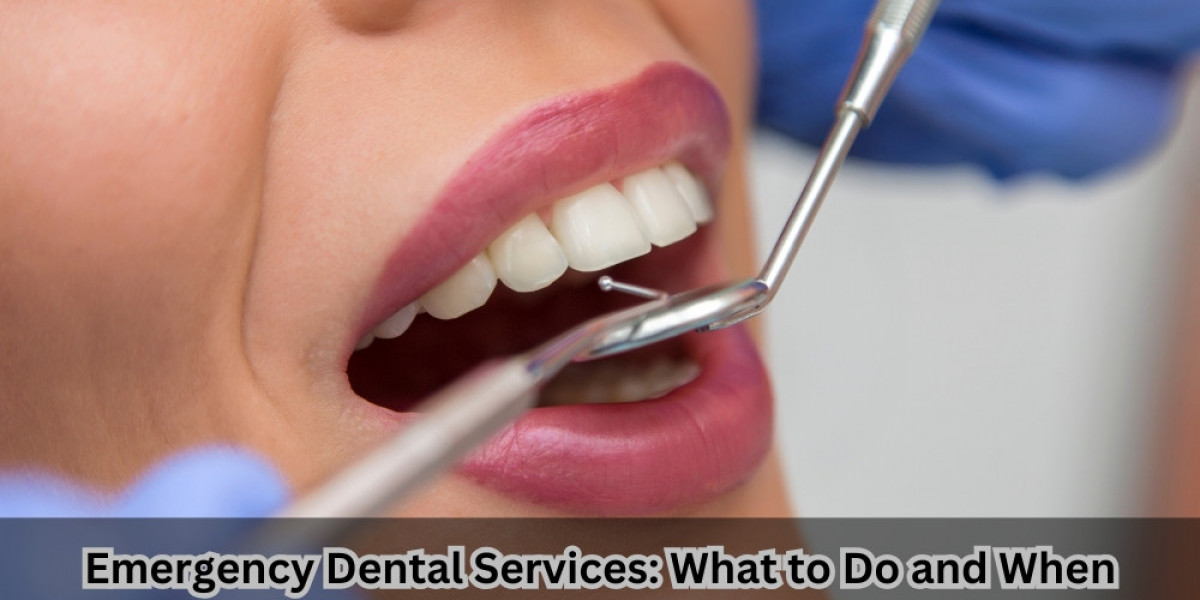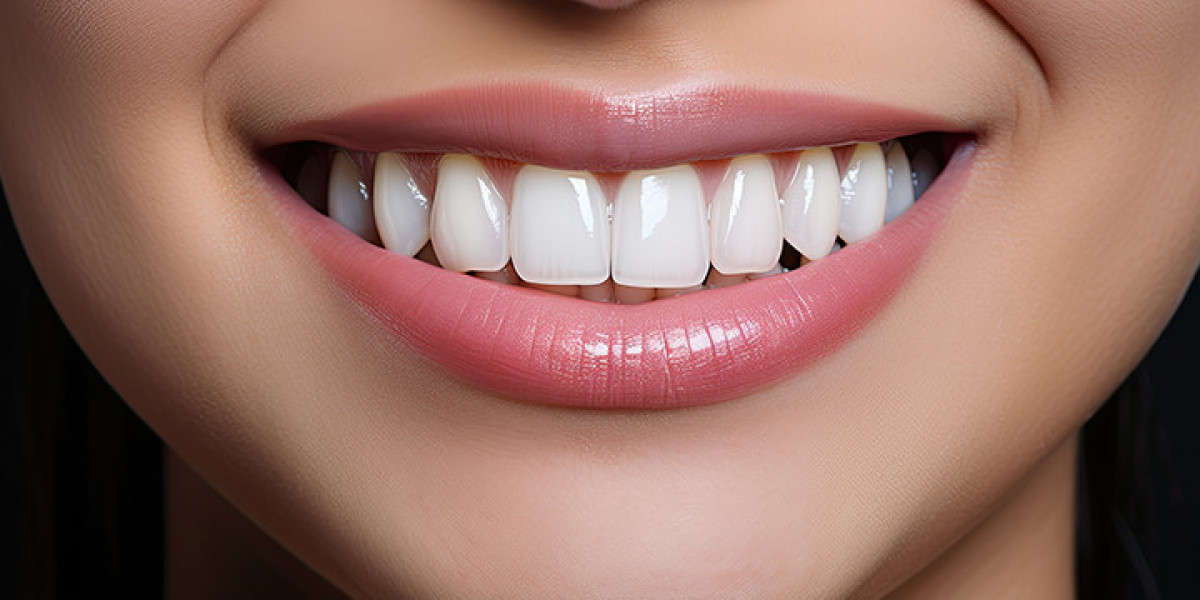Toothaches are rarely polite — they show up without warning, often at the worst possible times. Maybe it’s a public holiday, or late on a Sunday night when every local clinic is shut. What starts as a slight twinge can turn into intense discomfort that stops you from sleeping, eating, or thinking clearly. In those moments, it’s easy to panic.
Many people hesitate to seek help simply because they’re unsure whether their problem is urgent. But understanding when to act can make a huge difference. Accessing dental emergency services promptly could be the key to saving a tooth — or even preventing something more serious.
This article walks you through how to recognise a true dental emergency, what you can do before seeing a professional, and what kind of care to expect when time is of the essence.
How to tell if it’s urgent
Not every dental problem needs a late-night appointment. But there are moments when waiting could cost you — literally and physically.
Watch for these signs:
Throbbing pain that doesn’t ease up
An adult tooth that’s loose or knocked out
Bleeding that doesn’t stop after 10 minutes
Visible swelling in the face, gums, or jaw
Signs of infection — pus, a bad taste, or fever
Injuries to the lips, tongue, or gums from trauma
These aren’t just oral health issues; in some cases, infections can spread to your bloodstream, creating much bigger problems.
Managing symptoms before your appointment
If you're in pain and unable to get help right away, there are a few safe ways to manage the situation until you can see a dentist:
Swish warm salt water in your mouth to clean the area
Use pain relief like ibuprofen (but skip aspirin if there’s bleeding)
Apply an ice pack to the outside of your face
Stick to soft foods and avoid chewing near the sore area
Keep your head elevated, even when lying down
These home remedies aren’t a replacement for proper dental care, but they can offer temporary relief and help reduce complications.
After-hours dental care options
It’s no surprise that many dental problems pop up after hours, when most clinics are closed. But help isn’t as far away as you might think. After-hours dental care is becoming more accessible across Australia.
Options available in many regions include:
Clinics with late-night or weekend availability
Emergency walk-ins or same-day bookings
Call-out dentists and mobile vans (especially in rural areas)
Triage services that let you speak to a dentist by phone
Being proactive helps. If you live remotely or travel a lot, store the contact details of an after-hours dentist in your phone and your car. That way, when things go wrong at 9 p.m. or on a long weekend, you already know who to call.
Recognising signs of serious infection
Sometimes, a dental issue is about more than just your mouth — it can affect your overall health. Bacteria from untreated dental infections can spread fast and cause real harm.
If you notice any of these, it’s critical to get emergency care, not just dental, but potentially medical. Sometimes, antibiotics must be started before any dental procedure can safely go ahead.
When a tooth gets knocked out, the clock is ticking
It’s one of those moments you don’t forget — someone hits the deck, there’s a bit of blood, and then you realise they’re holding a tooth. Whole. Root and all.
It’s scary, yeah, but there’s actually a short window where you can save it — roughly 20 to 30 minutes before the chances start dropping fast.
So what do you do?
Grab the tooth — but only by the top part (the crown). Try not to touch the root at all.
If it’s dirty, give it a quick rinse. Not under a tap — use milk or saline if you’ve got it handy.
If they’re calm enough, try to place it gently back where it came from. It sounds weird, but it can work.
Can’t do that? Pop it in a small container of milk or, if you have nothing else, inside the person’s cheek — moisture is key.
Then get moving. Call your dentist, find an emergency clinic, do whatever you have to, just don’t wait.
I learned this the hard way. My cousin got clipped in a local footy game, and we were scrambling. No one knew what to do — someone even chucked the tooth in a tissue. These days, I keep a small kit in the boot: gloves, saline, gauze, even a little container. It’s barely the size of a pencil case, but I’ve used it twice now. Wouldn’t go without it.
What to expect during an emergency appointment
Emergency dental visits are streamlined and straight to the point. No chit-chat. The focus is on diagnosis, pain relief, and stopping further damage.
Depending on your situation, your dentist might:
Take X-rays to identify fractures or hidden infections
Perform a temporary filling or crown repair
Drain abscesses or clean out infected tissue
Remove irreparably damaged teeth
Start antibiotics or pain treatment
Book a follow-up for restorative care
The first step is stabilising the situation. The detailed work — root canals, crowns, etc. — can usually wait until you’re no longer in pain or at risk.
Stay calm and act quickly
When it comes to dental emergencies, hesitation can cost you, whether it’s the tooth itself or your overall health. The more prepared you are, the less likely you’ll find yourself panicking when pain hits.
When in doubt, it’s always better to call than wait. A professional can quickly determine whether you need immediate care or not.
For trustworthy, up-to-date information, the Australian government provides helpful advice through its public health resources. You can start with this summary of dental services in Australia, which outlines what symptoms require attention and what steps to follow.
And remember: a bit of preparation, like saving your dentist’s after-hours number and understanding what symptoms to watch for, can go a long way when your teeth suddenly become a problem.










